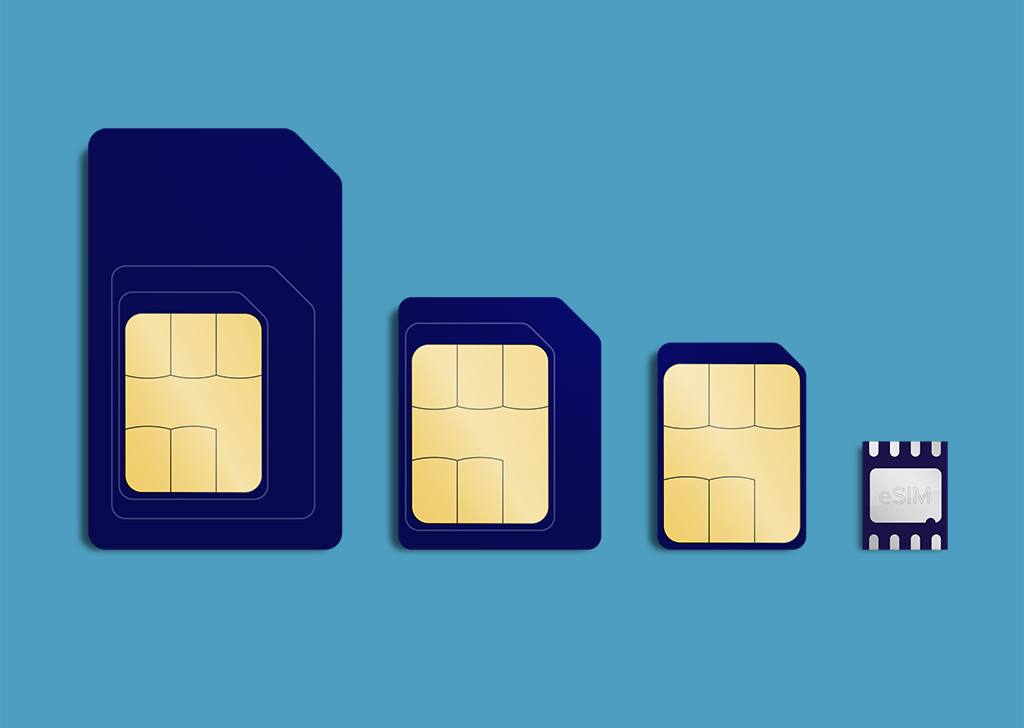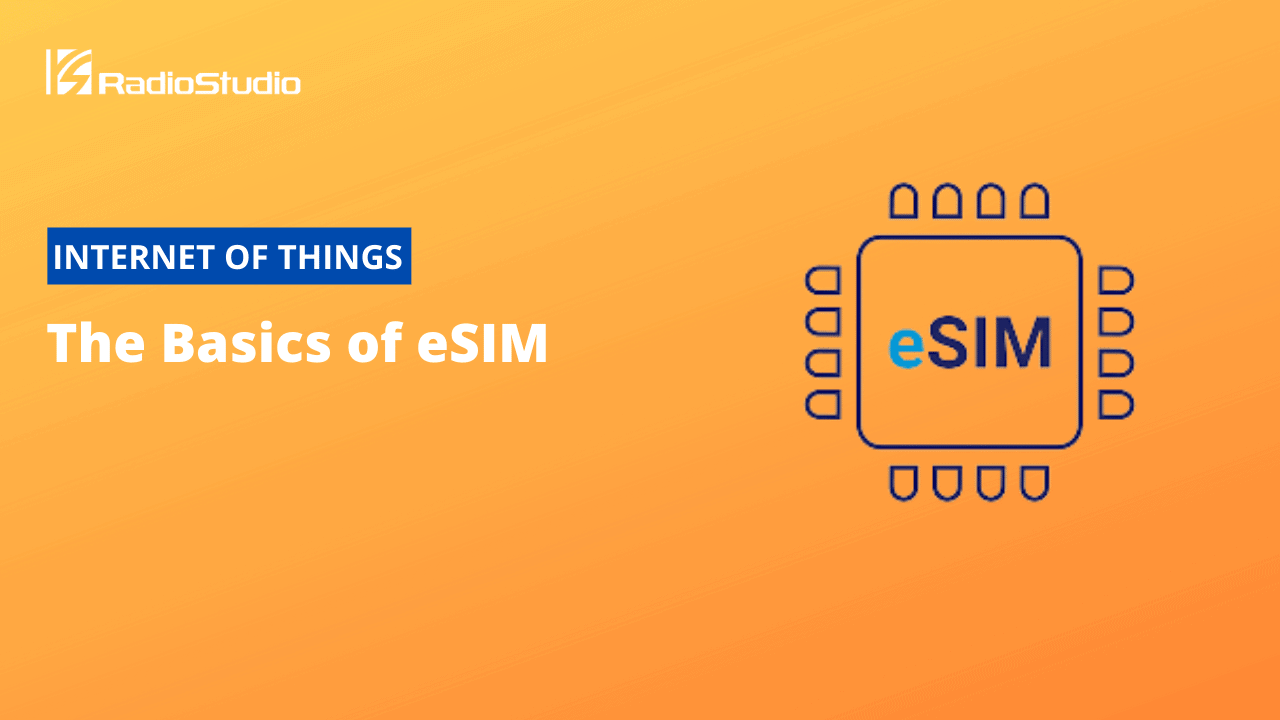eSIM is a service that delivers replaceable network access profiles to a SIM card. eSIM gives users the ability to securely download, attach, enable, and disable profiles remotely. eSIM is the user-friendly term for Remote SIM Provisioning, with the two terms often used interchangeably. Regardless, they describe the various components, including RSP-capable eSIM hardware (an eUICC), eSIM profiles, and the different RSP platform functions that facilitate the remote provisioning of SIM profiles. This article discusses the basics of eSIM and the related components.
This article was originally published by Pelion.

One of the primary design goals for eSIM was to create a reference architecture that would promote broad interoperability and solution longevity. An eSIM profile holds a device’s unique identity. It matches the customer’s subscription agreement with a specific network operator, and enabling an eSIM profile on the eUICC SIM grants it access to the operator’s network. Crucially, an eSIM profile is replaceable, with a new profile provisioned on an eUICC SIM using the Remote SIM Provisioning process. eSIM profiles broadly fall into two category types: an initial activation – or “Bootstrap” profile – and one and possibly more operational profiles.
When used as the base eSIM profile preconfigured to an eUICC SIM, the Bootstrap profile serves two purposes. Firstly, it facilitates global network access for the provisioning of Operational profiles to the eUICC SIM. Secondly, it acts as the fallback option enabling international roaming to a broad network of operator partners should access defined by the Operational profile no longer be available. Once the Bootstrap profile has enabled initial network access, customers will typically download an Operational profile customized for local access and avoid potential roaming restrictions or costly charges. Users considering eSIM should note that while more than one Operational profile can be downloaded to and stored on the eUICC, only one can be active at any one time.
Understanding eSIM
When talking about eSIM there are a number of different technologies involved which you need to understand when picking the right solution for your project. Below is a list of some of the key parts that make up the technology grouping known as “eSIM”.
eUICC
An eUICC is an embedded Universal Integrated Circuit Card. The development of the eUICC – with its dedicated system and read/write capabilities – enables eSIM profiles to be remotely provisioned over-the-air using the RSP process, and removes the requirement to change the device’s SIM card physically. Although the original UICC term defined only the removable SIM form-factor, eUICC is a generic term. Thus, it applies equally to RSP-capability removable and fixed SIM form-factors. eUICCs are available in all form-factors: the commonly available removable triple cut and the fixed surface-mounted option.
Subscription Manager Data Preparation (SM-DP)
As part of the RSP process, the Subscription Manager Data Preparation (SM-DP) securely prepares eSIM profiles and stores them awaiting provisioning to the eUICC; preparation includes encrypted profiles using digital certificates. The separate SM-SR entity performs the actual over-the-air transport of profiles.
Subscription Manager Secure Routing (SM-SR)
As part of the RSP process, the Subscription Manager Secure Routing (SM-SR) securely performs over-the-air transport of eSIM profiles to the eUICC. The SM-SR complements the separate SM-DP, which is responsible for eSIM profile preparation and storage.
Remote SIM Provisioning
Remote SIM Provisioning is a service that delivers an eSIM profile to an eUICC SIM. RSP gives users the ability to download securely, attach, enable, and disable eSIM profiles remotely. Platform Management is the term used to describe the various functions needed to support the RSP process.
Bootstrap Profile
Pelion’s bootstrap profile is the base eSIM profile preconfigured to an eUICC SIM. It serves two purposes: firstly, it allows the provisioning of operational profiles to the eUICC SIM, and secondly, it acts as the fallback profile enabling global roaming to Pelion’s worldwide network of operator partners should the network access defined by the operational no longer be available.
Operational Profile
An operational profile represents a subscription agreement with a specific network operator; attaching and enabling an active profile on the eUICC SIM grants it access to the operator’s network. In the Pelion model, the bootstrap profile delivers initial network access, enabling the downloading of an operational profile. Typically, a customer uses an active profile in preference to the bootstrap profile to obtain local tariffs rather than defaulting to global roaming. More than one operational profile can be downloaded to and stored on the eUICC SIM; however, only one can be active at any one time.
Putting it All Together – eSIM as-a-Service
eSIM gives more flexibility and more choices for connectivity, streamlining the entire connectivity onboarding process. In addition, it delivers complete freedom to change a device’s network access later in its life cycle, regardless of its location. eSIM optimizes the manufacturing and provisioning process, reduces costs, improves agility, and delivers an ability to react to market demands quickly.
Crucially, it features a flexible, standardized ecosystem that mandates multi-entity portability and flexibility. eSIM provides a future-proofing technology that outsources the risk and burden of implementing all-important game-changing IoT capabilities.
Pelion’s value is that we accelerate speed to market, enabling organizations to deploy in days rather than investing months or even years mastering the technology and building multiple relationships up and down the service stack. As a result, Pelion enables companies to reap eSIM’s benefits without diverting precious, finite resources into becoming connectivity experts.
With Pelion, customers benefit from a single vendor managing numerous complex relationships within an agreed regulatory framework. For organizations seeking to future-proof an IoT/M2M rollout, one that features robust security, proven identity, cross-vendor interoperability, and service portability and longevity, Pelion’s managed eSIM-as-a-Service delivers a one-stop-shop solution.


